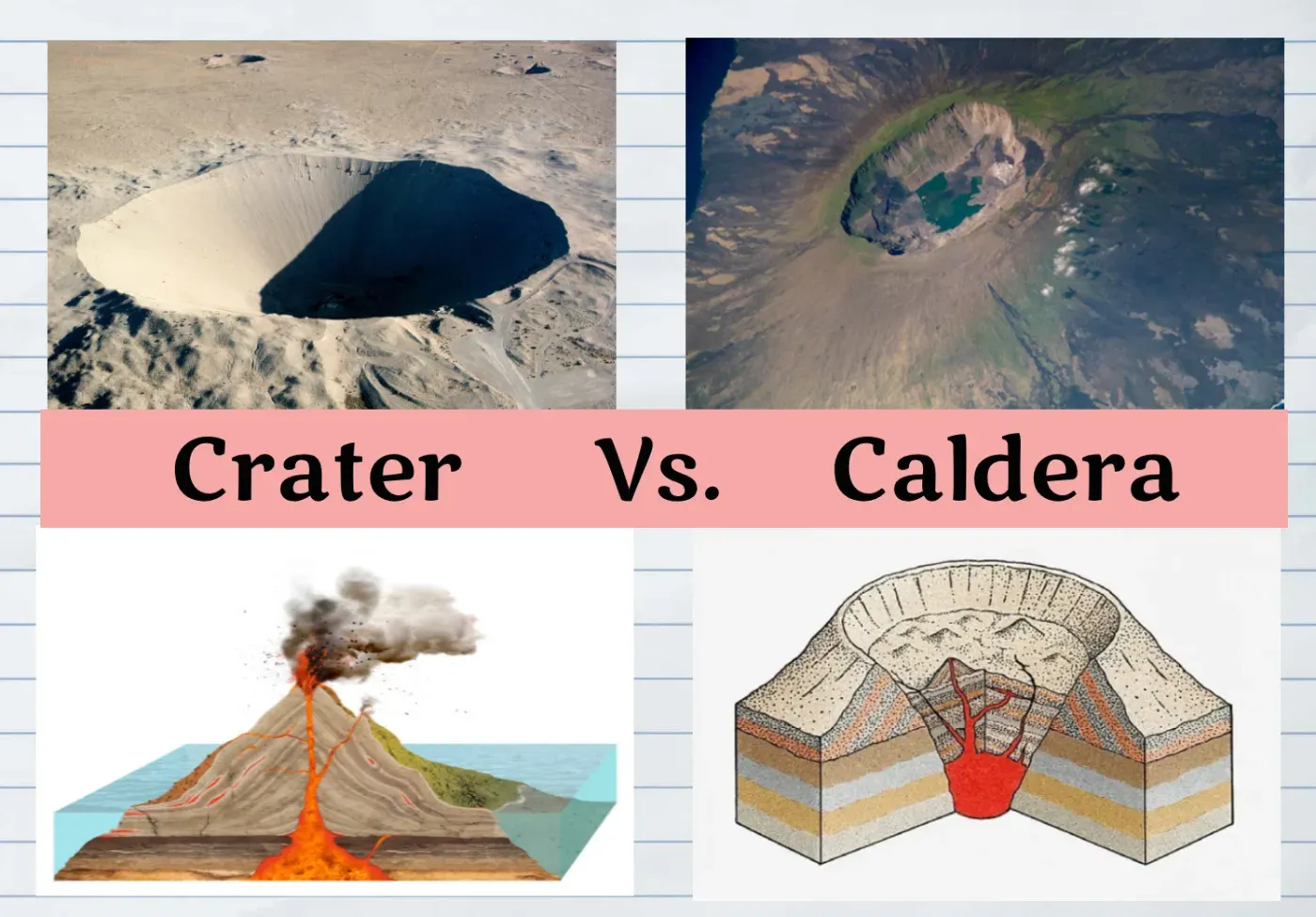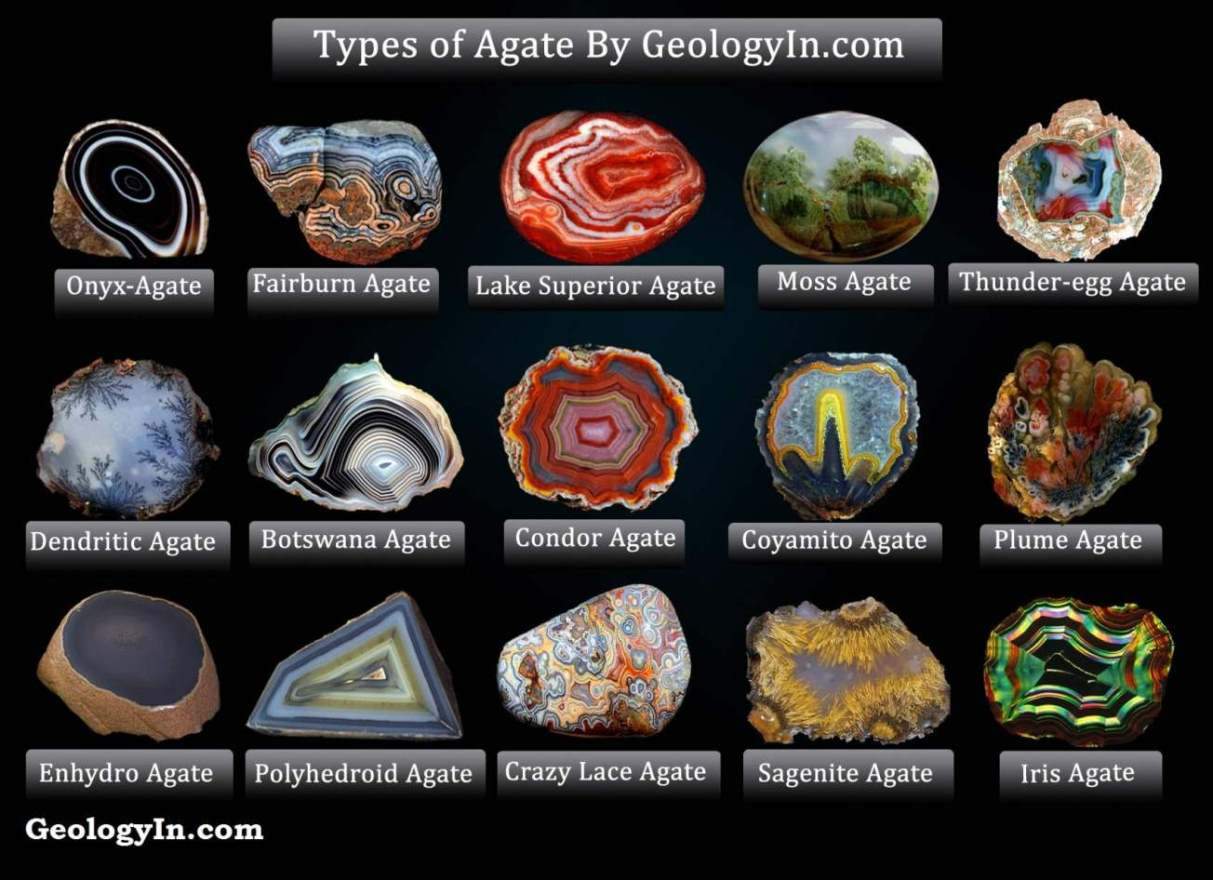The Differences Between Crater and Caldera
Craters and calderas are both volcanic features, but they are formed in very different ways. A crater is a bowl-shaped depression at the top of a volcano, while a caldera is a much larger basin-shaped depression formed by the collapse of a volcano.
A crater is a bowl-shaped depression at the top of a volcano, formed by the outward explosion of rocks and other materials. It is typically circular in shape and has steep sides. Craters can be formed by a variety of geological processes, including volcanic eruptions, meteorite impacts, and explosions. Craters can vary in size, but they are typically much smaller than calderas.
A caldera is a much larger depression, typically oval or circular in shape, that is formed when the roof of a magma chamber collapses. This collapse can be caused by a large volcanic eruption that empties the magma chamber, or by the gradual withdrawal of magma from the chamber. Calderas can be many kilometers wide and deep.
It is important to note that some calderas may contain craters. This is because a caldera can form after a series of eruptions that create multiple craters. For example, the Yellowstone Caldera contains several craters, including the Old Faithful caldera.
 |
| The Differences Between Crater and Caldera |
Craters Vs. Calderas
| Feature | Crater | Caldera |
|---|---|---|
| Formation | Outward explosion: Formed by the outward explosion of rocks and other materials from a volcano. | Inward collapse: Formed by the collapse of the roof of a magma chamber. |
| Size | Typically much smaller than calderas, less than a kilometer in diameter. | Can be many kilometers wide and deep. |
| Shape | Typically circular. | Typically oval or circular, but may have parts of its sides missing. |
| Depth | Smaller (up to hundreds of meters deep) | Larger (up to several kilometers deep) |
| Examples | Mount St. Helens, Mount Fuji | Yellowstone National Park, Crater Lake National Park |
Types of Volcanic Eruptions

%20(1).webp)






